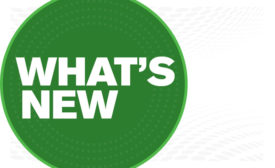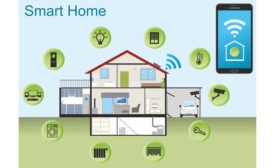Home » smart homes market
Articles Tagged with ''smart homes market''
You Must Be 'Smart' in Today's HVAC Market
If you’re fighting against technology, it’s a battle you’ll lose
Read More
Contractors Who Haven’t ‘Broken Into’ Smart Homes Are Missing Out
It’s time for the HVAC industry to stake its claim in home automation
Read More
Smart HVAC Contractors Sell Intelligence
Service Nation shares thoughts, strategies for the burgeoning smart home market
Read More
Rapid Expansion Projected for Smart Home Devices
Smart home device market rising at a CAGR of 60 percent to 2020
September 14, 2016
Smart Homes Market to Surpass $60 Billion by 2021
Increasing awareness of energy savings potential, surging demand for home security boosting market
July 19, 2016
Smart Homes in North America and Europe Reached 17.9 Million in 2015
The strong market growth in North America is expected to last for years to come
June 20, 2016
Smart Home Market Worth $121.73 Billion by 2022
Asia-Pacific region is anticipated to grow at the highest CAGR
May 26, 2016
Copyright ©2025. All Rights Reserved BNP Media.
Design, CMS, Hosting & Web Development :: ePublishing









